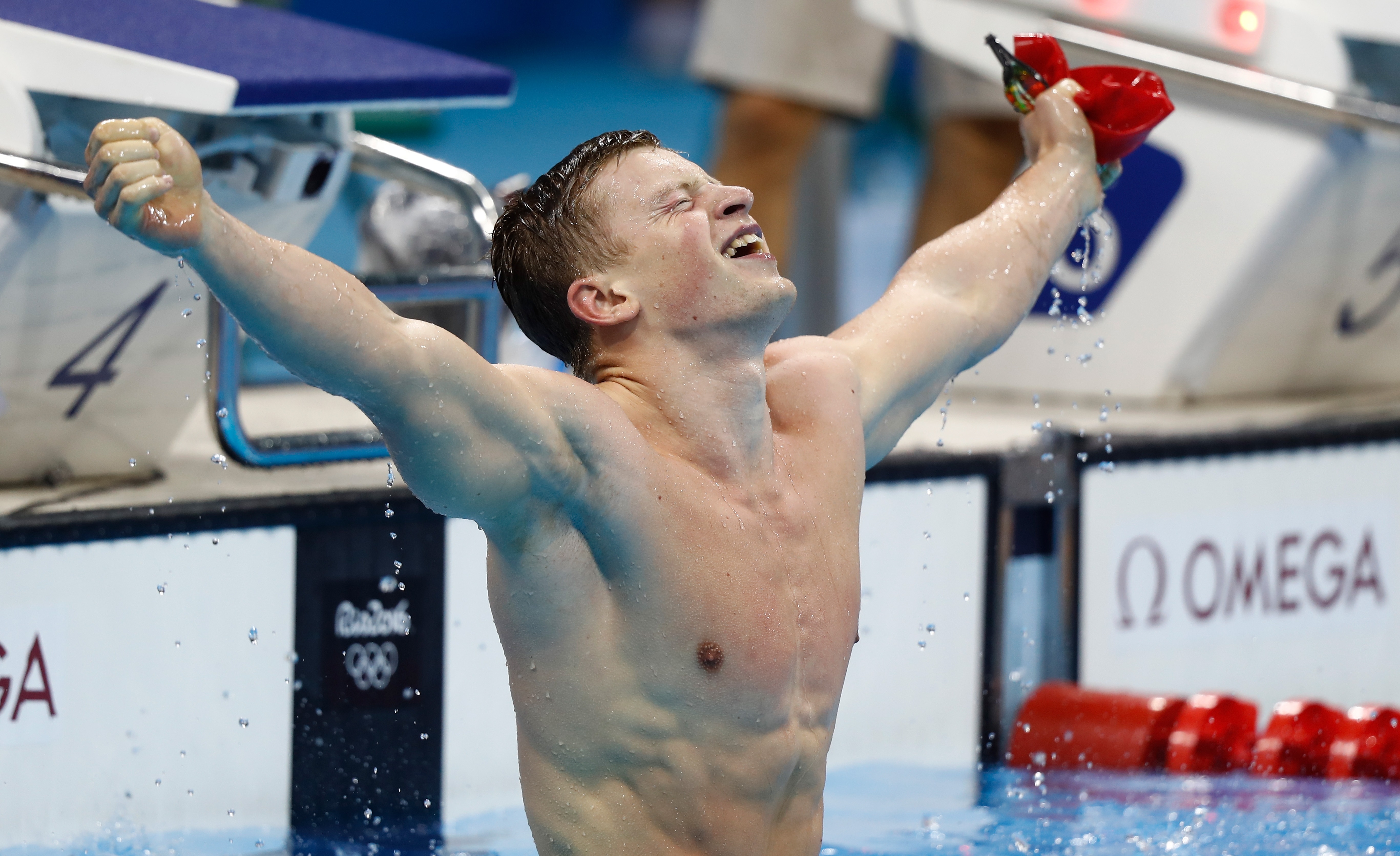
We’ve decided to take inspiration for our eLearning from Team GB’s Adam Peaty. He hit the news last weekend after winning the gold medal in the Men’s 100m Breaststroke heats and then winning a further gold medal in the Semi-Finals at the 2016 Rio Olympics. However, not only did Peaty win the gold medal, he smashed the world record for the Men’s 100m Breaststroke and the World then discovered that the champion in fact had a fear of water whilst growing up!
We’ve decided to take inspiration for our eLearning from Team GB’s Adam Peaty. He hit the news last weekend after winning the Men’s 100m Breastroke heats and then won the gold medal in the Semi-Finals at the 2016 Rio Olympics. However, not only did Peaty win the prestigious medal, he smashed the World Record for the Men’s 100m Breastroke and the World then discovered that the champion in fact had a fear of water growing up as a child!
This teaches us that hard work and perseverance pays off and allows you to achieve your goals. Peaty committed to improve his swimming two years ago when he saw a friend competing at the London Olympics and stated “I am going to do everything I can to get to Rio”. With an extensive regime of training up to ten times a week, it’s no wonder that this type of commitment and determination has sent him to record-breaking success.
But how does this translate into eLearning?One of the main challenges with eLearning is that many people hold the attitude that eLearning ‘isn’t for them’ or they’ve had bad experiences. But with perseverance and commitment, eLearning can genuinely help you achieve personal or company goals and contribute towards the development of an organisation. With this in mind, Peaty’s success story can teach us a few things about the eLearning journey:
1. Do more
Quite evidently, the more training Adam Peaty did, the more his swimming technique improved which allowed him to go on to beat the World Record. The same goes for learning online – the more courses you complete and the wider breadth of topics you cover, the further you will develop your knowledge and skills. Equally, Peaty may learn new techniques or tricks every now and again so it’s important to keep your learning topped up by doing refresher eLearning at certain milestones.
2. Choose quality
Although it’s good to do more, it’s important to ensure you’re practising or learning with quality products. Peaty’s coach would have ensured his swimming techniques were suitable before getting him to repeat and learn the techniques so it’s important that learners use high-quality and certified content in their eLearning. This also translates into using better technology when learning to increase the quality of the learning experience – this could be the quality of the Learning Management System that learners use or the device that learning is completed on.
3. Purposeful practice
Is there any point in practising or learning something unless it’s relevant to you? Peaty would only make sure he is developing techniques that will help him win the races he’s set to compete in; and the same goes for eLearning. There is no purpose in completing a set of courses that will not add to your skill set or increase your knowledge to help you in the workplace. To avoid this, sit down with managers to set out a personal learning plan which includes eLearning that you feel will help you to achieve any objectives. For those not in the workplace and just wanting to develop your skills, think about what courses might help you develop – could it be a Body Language course to help you at interviews or a Language course to add something to your CV? The opportunities are endless and can be specific to you.
In summary, we should all be doing more high-quality, relevant eLearning that can help contribute to our personal and business goals. Adam Peaty has worked hard for his achievement and we wish him the best of luck for his hopeful swimming future.
